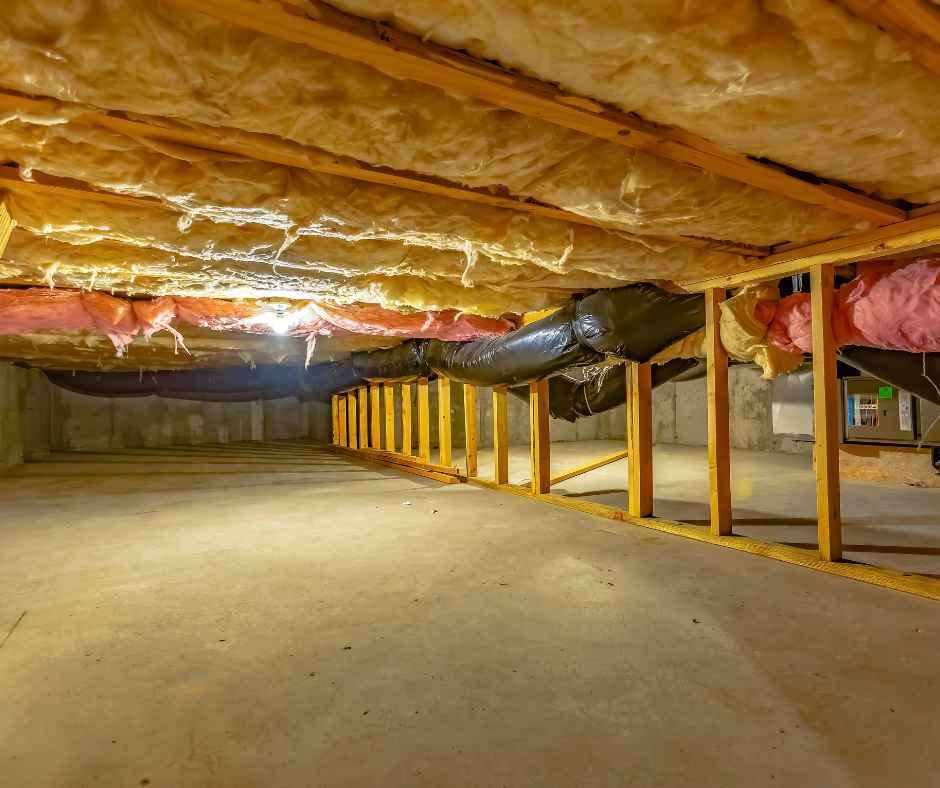Resources
How To Dry Out a Crawl Space

Keep Your Home Free of Moisture
Michigan homeowners, we understand the struggle of dealing with damp and musty crawl spaces, especially in our humid climate. But fret not! At Michigan Basements, we’ve got you covered with a comprehensive guide on how to dry out your crawl space and keep it dry for good. Say goodbye to moisture issues and hello to a healthier, more comfortable home.
Why Dry Out Your Crawl Space?
Before we dive into the steps, it’s crucial to understand why it’s essential to keep your crawl space dry:
- Prevent Mold and Mildew: Excess moisture can lead to mold and mildew growth, which can pose health risks to your family.
- Preserve Your Home’s Structure: A damp crawl space can damage wooden beams and floor joists, potentially compromising your home’s structural integrity.
- Energy Efficiency: A dry crawl space can help reduce heating and cooling costs by preventing drafts and moisture-related issues.
Now, let’s get started on transforming your crawl space into a dry, healthy environment!
Step 1: Inspect and Identify the Issue
Begin by inspecting your crawl space for any signs of moisture or damage. Look for puddles, damp insulation, and visible mold growth. Identifying the source of the problem is crucial for effective mitigation.
Step 2: Address Any Water Intrusion
If you find standing water or leaks, it’s essential to address these issues first. Fix any cracks in the foundation, repair leaky pipes, and ensure proper drainage away from your home.
Step 3: Install a Vapor Barrier
A vapor barrier is a moisture-resistant material that prevents moisture from seeping into your crawl space. Install it on the floor and walls, ensuring it covers the entire area.
Step 4: Improve Ventilation
Proper ventilation is key to keeping your crawl space dry. Install vents and fans to ensure adequate air circulation. This helps reduce humidity levels and prevents condensation.
Step 5: Seal Gaps and Cracks
Seal any gaps and cracks in the crawl space walls and foundation. This prevents moisture from entering and helps maintain a consistent temperature.
Step 6: Monitor Humidity Levels
Invest in a dehumidifier or moisture sensor to keep tabs on the humidity levels in your crawl space. Aim for a relative humidity of 30-50% to prevent mold growth.
Work With Basement Professionals
By following these steps, you can transform your damp crawl space into a dry, healthy environment. Remember, a dry crawl space not only improves your home’s comfort but also protects its structural integrity.
If you’re facing persistent moisture issues or need professional assistance, don’t hesitate to reach out to Michigan Basements. Our experts are here to help you achieve a dry, healthy crawl space that will benefit your home for years to come.


